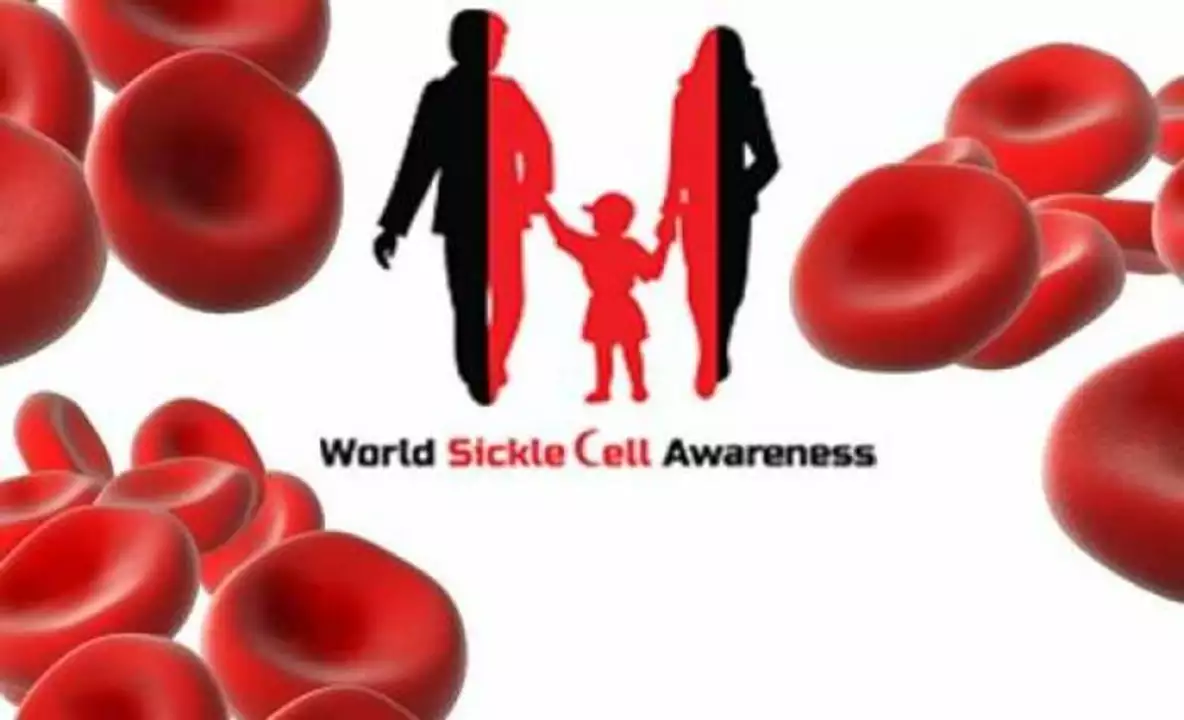Sickle Cell Anemia: What to Watch For and How to Manage It
Sickle cell anemia is a genetic blood disorder that changes red blood cells from round to a crescent or sickle shape. Those misshapen cells can block small blood vessels, causing pain episodes, lowered oxygen delivery, and organ strain. If you or a family member has sickle cell, you need clear, practical steps—not vague promises.
Common symptoms and complications
Pain crises are the most visible sign. These sudden, severe pains often start in the chest, back, arms, or legs and can last hours to days. Watch for fever, worsening fatigue, shortness of breath, or rapid heart rate—these can signal infection or acute chest syndrome, both urgent issues. Children with sickle cell also face higher infection risk; that’s why newborn screening and early vaccinations matter.
Other problems can include delayed growth in kids, vision changes from eye vessel damage, stroke risk (especially in young children), and chronic organ damage over time. Not everyone has the same pattern—some people have frequent crises, others have long symptom-free stretches. You’ll want a care plan that fits your pattern, not a one-size-fits-all approach.
Treatments and when to act
Hydroxyurea is a common medicine that reduces pain episodes and hospital visits by boosting production of fetal hemoglobin. Blood transfusions treat severe anemia, acute chest syndrome, or stroke risk. In selected cases, bone marrow (stem cell) transplant can cure the disease, but it carries risks and needs a good donor match. New gene therapy options are emerging, but access and long-term data are still developing.
For daily management, doctors often recommend folic acid, regular vaccinations, and penicillin for young children. Pain relief uses a mix of acetaminophen, NSAIDs, and sometimes opioids under medical guidance. Hydration, prompt treatment for fevers, and routine check-ups with a hematologist lower the odds of complications.
When should you seek urgent care? Go to the ER for high fever, sudden severe pain that won’t respond to your home plan, breathing trouble, sudden weakness or slurred speech, or signs of severe anemia like fainting. Quick treatment can prevent life-threatening complications.
Living with sickle cell means planning ahead. Carry a summary of your diagnosis, regular meds, and emergency contacts. Talk with your care team about a clear pain plan so you don’t wait when you need help. Mental health support matters too—chronic pain and hospital stays take a toll.
If you want more detail on medications, prevention, or the latest treatments, look for articles and patient resources from trusted medical centers and your healthcare team. Practical steps—vaccines, hydration, a pain plan, and regular care—make the biggest difference day to day.

The Role of Diet and Nutrition in Managing Sickle Cell Anemia
As a blogger, I've been researching the importance of diet and nutrition in managing Sickle Cell Anemia. It turns out that maintaining a balanced diet with essential nutrients can help improve overall health and reduce complications. Foods rich in antioxidants, such as fruits and vegetables, can help reduce inflammation and oxidative stress. Staying hydrated and getting enough vitamins and minerals, especially iron, vitamin D, and folic acid, are crucial for individuals with this condition. In conclusion, a well-rounded diet and proper hydration play a significant role in managing Sickle Cell Anemia and improving the quality of life for those affected.
- Health and Wellness (58)
- Drug Information (45)
- Pharmacy Information (19)
- Medical Conditions (17)
- Supplements (4)
- Diabetes (3)
- Travel Health (2)
- Parenting (2)
- Mental Health (2)
- Heart Health (1)
-
Womenra (Sildenafil) vs Other ED Pills - Benefits, Cost & Side Effects
25 Sep 2025 -
How to Buy Affordable Ciprofloxacin Online: A Comprehensive Guide
25 Jan 2024 -
The role of amiloride in managing congestive heart failure
16 May 2023 -
The Role of Diet and Nutrition in Managing Sickle Cell Anemia
12 May 2023 -
Erythromycin for Typhoid Fever: When to Use It, Dosing, and Prevention (2025 Guide)
3 Sep 2025

12.05.23
Alistair Mukondiwa
13